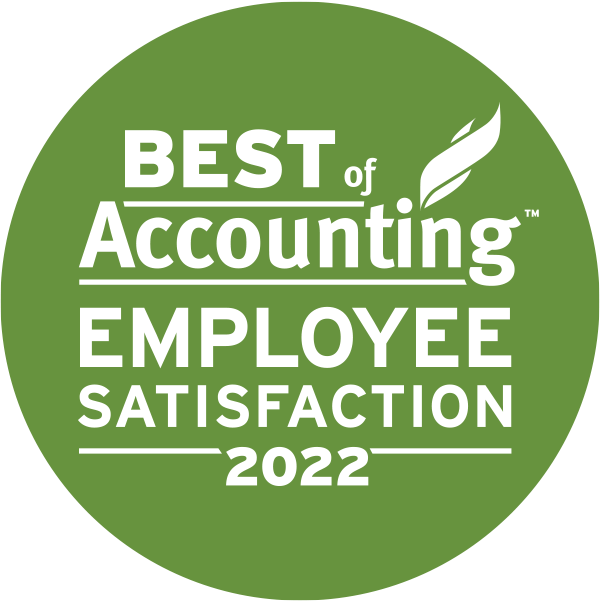Being a business owner doesn’t mean that you have unfettered access to your company’s funds. Once incorporated, the company becomes a separate entity, and the cash and loans are of the company and not of the business owner. Should you require money for a personal expense such as a down payment on a house, a car, or a vacation, can you borrow that money from your company as a low-interest or interest-free loan? Perhaps the better question to ask is, should you borrow from your company rather than from a more traditional source, such as a bank?
That is a tricky question because you can borrow the funds, but conditions apply. If you are unable to meet these conditions, you could face tax penalties if the company is audited by the Canada Revenue Agency (CRA).
This article will take you through the basics of shareholder loans, and whether it is generally considered tax-efficient to take a loan from your business.
Basics of Shareholder Loan
A business owner can withdraw funds from their business as salary, dividends, or loans. The shareholder loan account is where the company records the business owner’s deposits and withdrawals as follows:
- If the owner/shareholder injects their money into the business as capital or to cover expenses, this amount is recorded as “due to shareholder” in the shareholder account as the company took a loan from the shareholder.
- If the owner/shareholder withdraws money from the business, which is not marked as salary or dividend, it will be recorded as a shareholder loan as “due from shareholder.” This is the amount the shareholder has borrowed from the company and must repay.
Now, you can withdraw any amount you have invested in the company tax-free because it is being withdrawn from the after-tax profits of the company and the funds are owed to you. However, the problem arises when you withdraw more than you contributed.
When Does Borrowing from the Business Become a Problem?
Any funds you withdraw beyond what you have contributed are recorded as a loan. If you repay the loan within a year of your corporation’s fiscal year-end, the CRA will not include the loan amount as income paid to shareholders. But if you fail to repay the loan within the stipulated time, it will be included as an income, which will attract a tax penalty. If you have partially repaid the loan, the CRA will allow you to deduct any repayment of this loan from your taxable income. As a business owner, you will have to include the interest benefit from the loan in your taxable income. Let us understand this scenario with an example:
Joey invested $15,000 in his company ABC Ltd. and withdraws $25,000 on September 25, 2020. ABC Ltd.’s fiscal year ends on December 31. As per the CRA rules, Joey has until December 31, 2021, to repay the $10,000 surplus without incurring any tax penalty.
Joey fails to repay the amount within the stipulated time. In this scenario, ABC Ltd. will count the $10,000 as income paid to Joey on its tax filing, and the amount will be subject to double taxation. The double taxation occurs because the $10,000 came from the company’s after-tax profit, and now Joey has to add this amount to his 2020 taxable income and pay tax on it once again.
If Joey took the loan at a lower interest rate or with no interest, he would also have to add the interest savings to his 2020 taxable income. The interest savings is the gap between the CRA’s prescribed interest rate (which is 1% for Q3 2020) and the interest paid on the loan.
Now, let’s say that Joey repays the full loan amount in 2022. The CRA allows him to deduct this repayment from his 2022 taxable amount. However, that is not a tax-efficient method of withdrawing funds from your company.
Some may think this scenario can be avoided by repaying the loan within a year and then borrowing the funds again next year. However, the CRA has considered this as well. A series of loans and repayments to and from the shareholder or owners will be counted as income paid to the shareholder, as set out in the above example. Therefore, the tax consequences will not be avoided this way.
Some Exceptions to the Shareholder Loan
The CRA provides some exceptions to the income inclusion rules with respect to a shareholder loan. The loan amount will not be counted as shareholder income, even if it is not repaid within a year, in the following scenarios:
- The shareholder takes the loan in their capacity as an employee and not as a shareholder. To qualify for this, the shareholder should own less than 10% of the company’s shares.
- The shareholder takes the loan to purchase a home or a car for business purposes.
- The shareholder takes the loan to purchase treasury shares of the corporation.
To qualify for the above exceptions, a shareholder must make a bona fide arrangement to repay the loan within a reasonable timeframe. However, they still must include the interest savings from this loan in their taxable income.
A better option would be to withdraw funds as salary or dividends. Both these methods will invite tax consequences, but they will remove the one-year repayment deadline.
Contact McCay Duff LLP for Experienced Advice on Personal and Business Financing and the Related Tax Implications
The complex rules of shareholder loans can be complex. When deciding the best option for borrowing funds as a business owner or shareholder, you should consult with a qualified tax professional. The tax advisors at McCay Duff LLP can help you identify the most tax-efficient way of borrowing money. Contact us today by phone at 613-236-2367 or reach out online.





